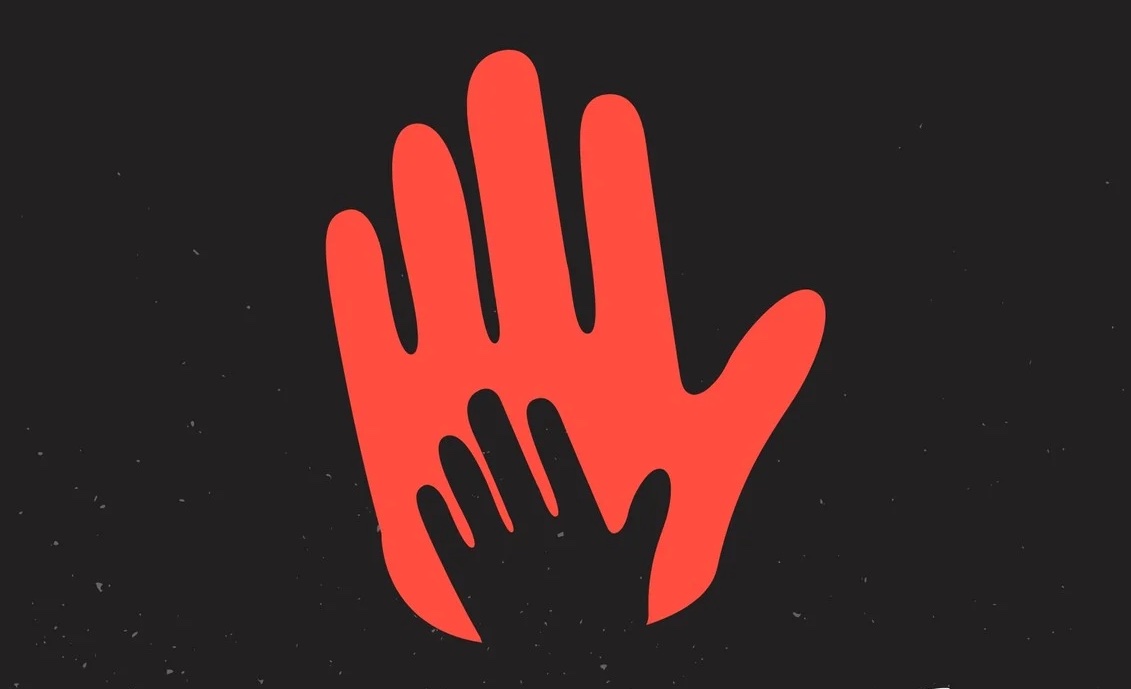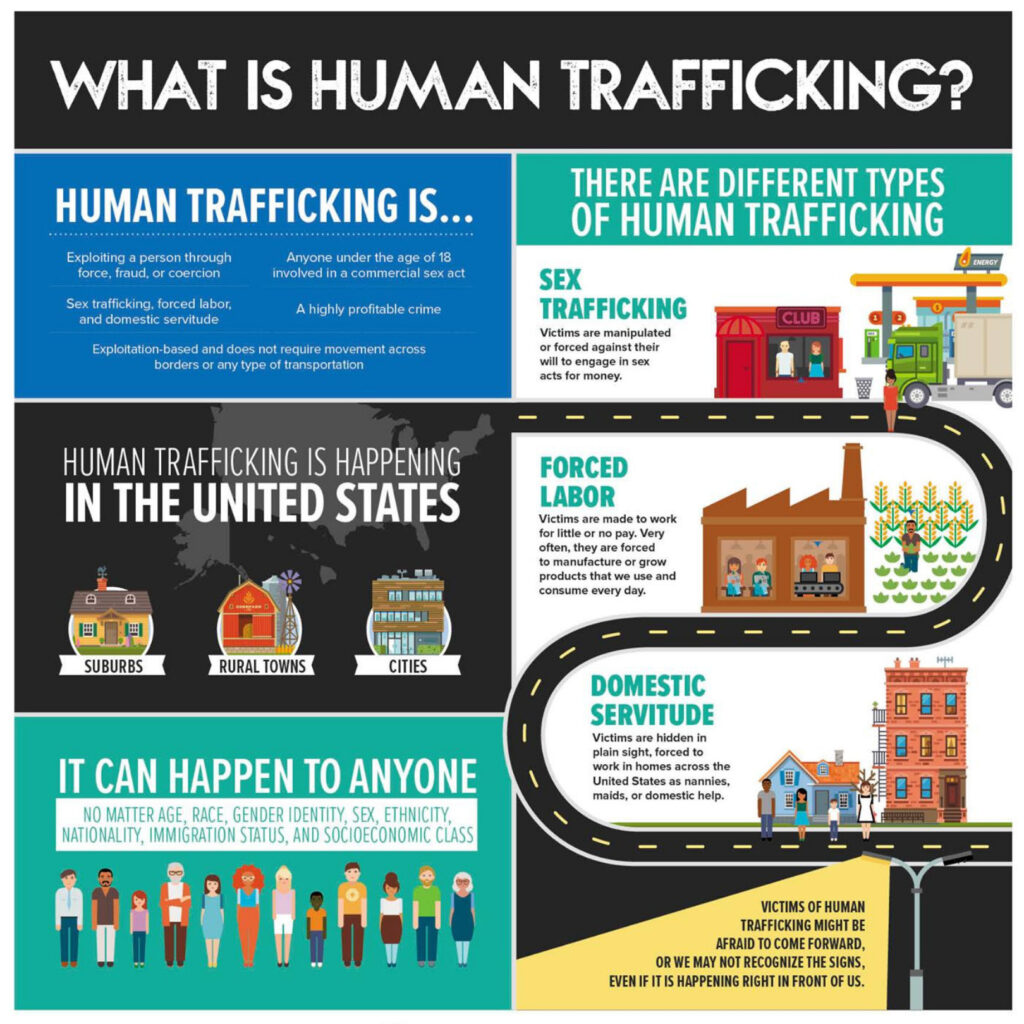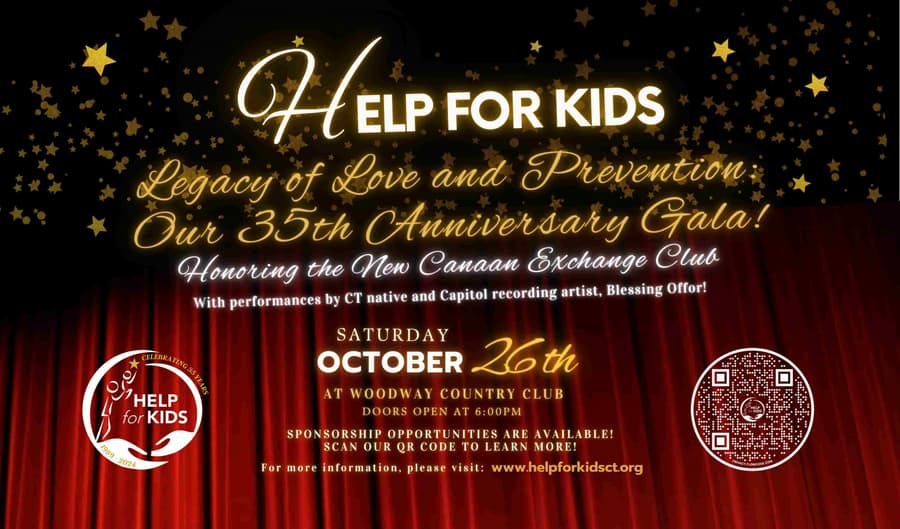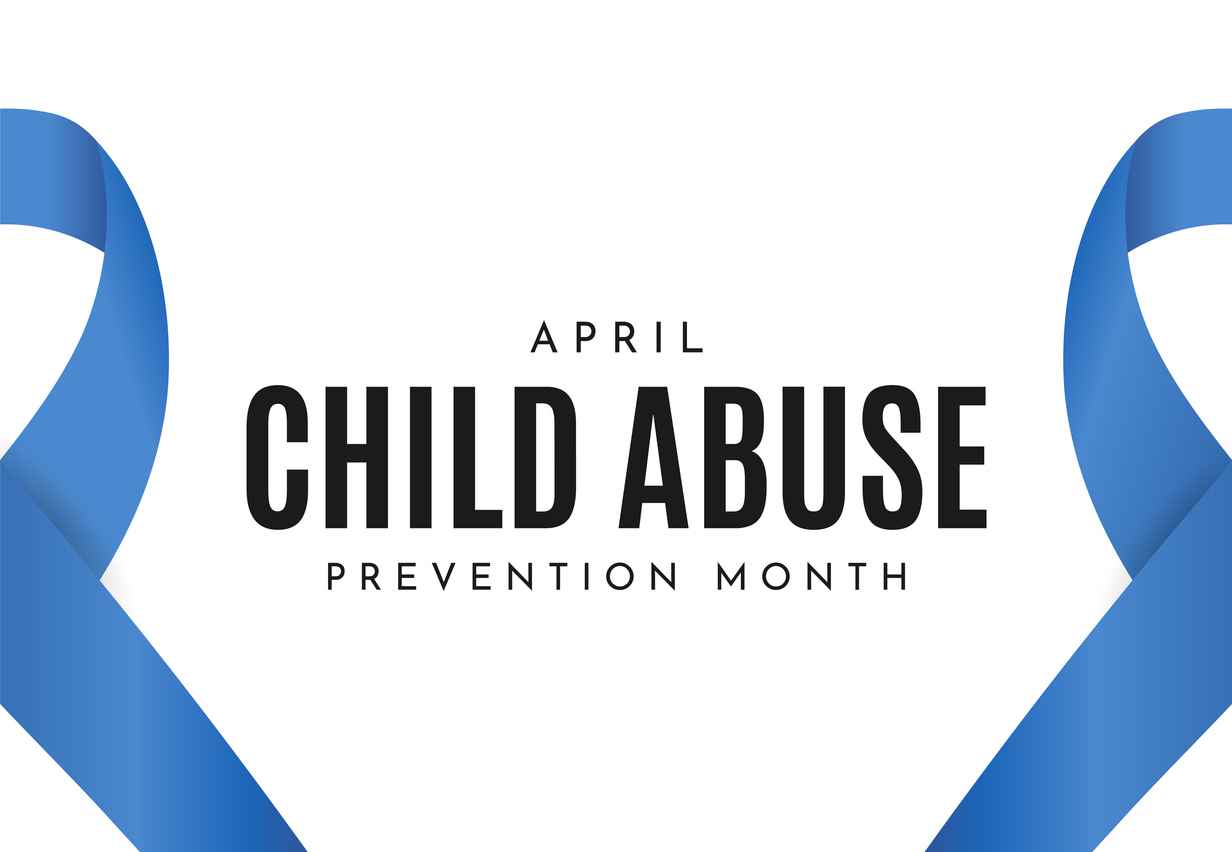35th Anniversary Gala! Honoring the New Canaan Exchange Club. October 26th, 2024. Get Tickets Here!
Our Blog
National Human Trafficking Awareness Month Highlight

National Human Trafficking Awareness Month Highlight
January 6, 2022

January is known as Human Trafficking Prevention Month, working to bring together law enforcement and organizations across the nation in an strive to eliminate human trafficking! To help this mission, anyone can join the effort to raise awareness and prevent human trafficking in your local community.
According to the International Labor Organization, approximately 40 million human trafficking victims exist worldwide, which is terrifying to think about. Through a variety of tactics, including violence and threats, these traffickers force their victims into labor or other unconsensual acts.
Every victim is forced against their will to comply or risk harm or death. Human trafficking impacts all races, every class, religion, and gender, in addition to even spanning every ability. As a result, the issue belongs to every community in the country and is a problem that has to be discussed more and eradicated.
Language barriers, fear of their traffickers, and/or fear of law enforcement frequently keep victims from seeking help, making human trafficking a hidden crime. Traffickers are known to look for people who are susceptible for a variety of reasons, including psychological or emotional vulnerability, economic hardship, lack of a social safety net, natural disasters, or political instability. The trauma caused by the traffickers can be so great that many may not identify themselves as victims or ask for help, even in highly public settings.
Recognizing key indicators of human trafficking is the first step in identifying victims and can help save a life. Here are some common indicators to help recognize human trafficking…
- Does the person appear disconnected from family, friends, community organizations, or houses of worship?
- Has a child stopped attending school?
- Has the person had a sudden or dramatic change in behavior?
- Is a juvenile engaged in commercial sex acts?
- Is the person disoriented or confused, or showing signs of mental or physical abuse?
- Does the person have bruises in various stages of healing?
- Is the person fearful, timid, or submissive?
- Does the person show signs of having been denied food, water, sleep, or medical care?
- Is the person often in the company of someone to whom he or she defers? Or someone who seems to be in control of the situation, e.g., where they go or who they talk to?
- Does the person appear to be coached on what to say?
- Is the person living in unsuitable conditions?
- Does the person lack personal possessions and appear not to have a stable living situation?
- Does the person have freedom of movement? Can the person freely leave where they live? Are there unreasonable security measures?
Many myths and misconceptions exist. Recognizing key indicators of human trafficking is the first step in identifying victims and can help save a life. Not all indicators listed above are present in every human trafficking situation, and the presence or absence of any of the indicators is not necessarily proof of human trafficking! To learn more, visit the Department of Homeland Security’s Blue Campaign website here.
In addition to spending all of January raising awareness, National Day of Human Trafficking Awareness is proclaimed as January 11th each year, as designated by the United States Senate in 2007. The Blue Campaign is a national public awareness campaign designed to educate the public, law enforcement and other industry partners to recognize the indicators of human trafficking, and how to appropriately respond to possible cases.
This coming year, we hope that those who stand against human trafficking and wear blue, the international color of human trafficking awareness! Also, you can post a picture using the hashtag #WearBlueDay to show your support on social media!
Recent News

Managing Holiday Stress for Parents and Children
November 20, 2025

Recognizing the Warning Signs of Child Abuse and Neglect
October 1, 2025

The Power of Play: Why Playtime Matters in Childhood Development
June 30, 2025

Empowering Expecting Mothers: Self-Care and Wellbeing During Pregnancy
March 27, 2025

A Look into HELP for Kids’ Mental Health Programs
November 27, 2024

Join Us at the Legacy of Love and Prevention Gala: A Night to Celebrate and Support a Vital Cause
September 26, 2024


